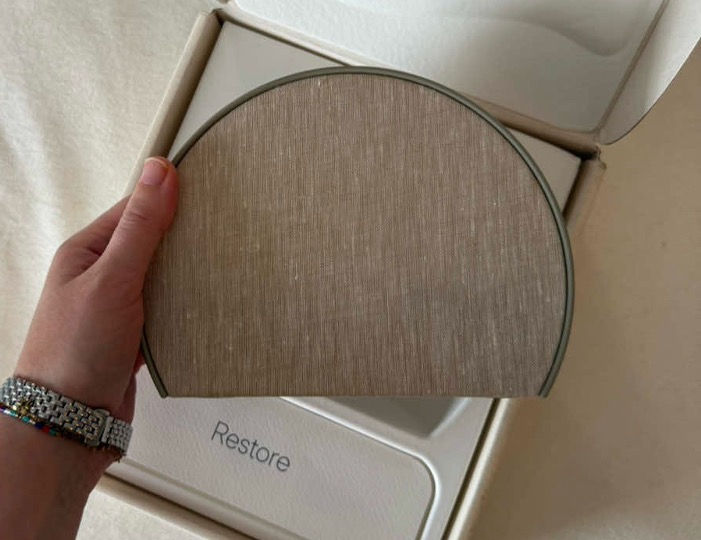Three ways to foster serendipity when teams are working remotely
- Shooglebox

- Aug 21, 2020
- 5 min read
Updated: Nov 24, 2020
Over the last few months we’ve been working with a diverse range of teams as they’ve adapted to the challenges of working from home since Covid19 forced them apart.
Most have found that, contrary to expectation, their teams have actually become more productive in many ways – and communication faster and slicker, with a combination of synchronous conversations on apps like Zoom and asynchronous conversations on tools like Slack or Microsoft Teams.

But there’s no doubt the productivity gains can be outweighed by losses in creativity and innovation … if individuals in teams don’t find new ways to surprise each other with inspiration and ideas.
We work with some highly creative teams – in industries as varied as movies, fashion and retail – and they’ve been adopting some new tools, tricks and techniques to help keep the creative juices flowing when teams can’t be together all the time.
Creativity requires one key ingredient that can be in short supply if you don’t have the habits and environment to prompt it – serendipity.
Great ideas tend to come when your head’s full of knowledge about the problem you’re trying to solve and then you make an unexpected connection in your mind with some completely unrelated information you encounter or re-encounter.
This kind of serendipity can often happen when you’re constantly bumping into lots of different people with the capacity to surprise you with a throwaway reference to something you would otherwise never have encountered.
Whether it’s the water cooler, the bar or the kind of offices Steve Jobs and others have designed to force accidental encounters, there’s an advantage to places where people do more together than talk about their tasks at hand.
Some tech companies are trying to help solve the serendipity crisis with Zoom-style apps that introduce networking coffee breaks or blind-date-style one-on-one encounters. But in practice the experience can seem artificial and awkward.
The teams we’ve been working with have focused instead on what serendipity academics call information encountering – how to switch at times from active information seeking to a mode where you’re more likely to have “accidental” encounters with information you’re not looking for.
Here are three examples of the kind of approaches they’ve adopted, using Shooglebox alongside other remote working tools and apps:
1. Sharing some of the non-project-related things team members encounter in their everyday lives
Everyone is encouraged to squirrel away and share interesting information they’ve stumbled upon away from work – an inspiring quote or passage from a book, a useful YouTube video, a web article they’ve bookmarked to read later.
The result is a highly eclectic collection of things reflecting the very different interests and personalities of the team.
Using Shooglebox, each item is represented by a visual card laid out in a grid so it’s easy to scan the assorted information and see what jumps out at you.

Invariably you’ll spot a card from someone that sends you down a rabbit hole of your own. Or a card will spark an interesting conversation on Slack with one or more others in the team – the type of conversation that’s often lost when teams are separated.
It’s important to stress that this isn’t about actively searching for things you think the wider team might find interesting or impressive. It’s about the things you simply stumble across and find interesting yourself. The kind of things you wouldn’t think ready or worthy to post on social media. The more random-seeming and disconnected from the interests of other team members the more likely it is to surprise somebody else.
2. Forcing curiosity and creativity – setting challenges for each other
Some people are simply more curious than others. They have the kind of mind that’s open to surprises; they notice more things than others; and they capture and store information they think might come in useful in the future.
They’re the people who will create most of the cards in the first exercise above.
Others might need a nudge. Maybe you’re one of them.
Here’s where it can help to create a task that occasionally forces you to switch to a more exploratory mode for a period of time.
One example: You are given three random cards from another team member’s information collection – maybe a news article, a photo of a work of art, a ‘how to’ video.
You can pick any one of them and you’ve got a set time to go out and explore any aspect of it. The task is to pull together a stack of cards to share with the rest of the team.
Sometimes the topic will lend itself to finding loads of cards made from weblinks. Sometimes you might go down a rabbit hole that yields just a handful of really interesting cards relating tangentially to the original card. Sometimes you’ll find the exploration was fruitless. It doesn’t matter.
The aim is to ignite and exercise your curiosity so that over time – like exercising a muscle – you find you’re using it more. That you’re less likely to just do the same Google search as others, to listen to the same old voices on social media, to assume the quick and obvious answer is the right one.
3. Showing and sharing your “workings” with the rest of the team
When you’re working on a project together it’s natural to want to polish your own contributions before you share them with everyone else.
But there are real benefits in encouraging people to share the raw material they’re gathering long before they’ve started to work up their thinking into something that’s more structured and thought-through.
When teams are working together in the same place it’s easy to look over someone’s shoulder as they’re starting to pull together raw material or spread it out on a table or stick it to a wall to scan together.
When kicking off a new project we often encourage teams who are working remotely from each other to set up individual ”Workings” boxes or stacks for each team member.
These are particularly useful in the early, often messy stages of a project when everyone is individually finding food for thought.

By giving everyone the chance to peek in to everyone else’s Workings box it very often sparks new trains of thought or new questions to explore.
Typically teams will be made up of people from different disciplines using a range of different tools to search for, store and explore material.
We use Shooglebox to give everyone a single simple shareable view of the raw material being gathered – presented as cards with assets or embeds on the back of cards or links to material stored elsewhere … Google Drive, Dropbox, OneDrive.
Spreadsheets and structured shared drives don’t lend themselves to working creatively as a group. By sharing highly visual stacks of Workings cards laid out in grids it’s much easier to scan the things people are gathering and think associatively, spotting connections, gaps or areas for further exploration.
And, again, when looking at someone else's unstructured "workings" you're more likely to have one of those serendipitous encounters with useful information you mightn't have found through your own searching.
Getting the Shooglebox team to help your own teams
These are just some of the ways we're helping teams to boost their collective curiosity and creativity and get the best out of Shooglebox .
Sign up for a free Shooglebox account to try it yourself – and drop us a line if you'd like our consultancy team to help your organisation get the best out of it with a team account. Or just to find out more.
We're running a series of onboarding sessions each week and still have spaces in September and October.



